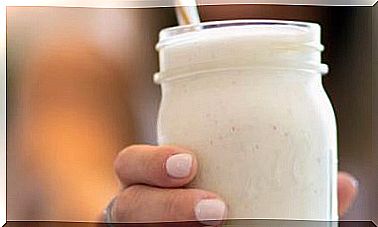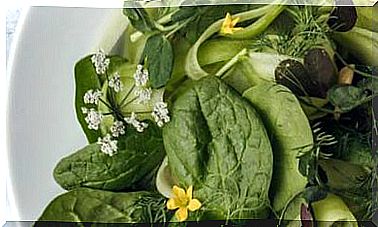Why Are Nuts So Healthy?
Apart from being tasty, nuts reduce cardiovascular risk, are rich in protein, fiber and minerals, and possess remarkable antioxidant virtues.

Nuts are a generic group of products that are actually grains, seeds, or fruits. They have in common a low water concentration and a high fat content.
Numerous studies have shown the importance for health of its daily consumption and the specific benefits for the heart and circulatory system in the context of a balanced diet. These healthy properties are based on different bioactive components.
Nutritious and beneficial for the cardiovascular system
On the one hand, its fats protect against the appearance and development of atherosclerosis due to the total absence of cholesterol and its ability to lower total blood cholesterol, and specifically its LDL fraction, popularly known as “bad cholesterol”.
To this effect, already beneficial in itself, is added the fact that consuming them maintains or slightly increases HDL (“good”) cholesterol, so that the total cardiovascular risk decreases.
Secondly, the presence of compounds with antioxidant capacity stands out. The action of free radicals, generated by oxidative processes that occur continuously in the body, require that the organic defense mechanisms be supplemented by external agents such as some vitamins, minerals or other substances contained in food, such as polyphenols.
Also its vitamin E is an antioxidant and its presence is abundant in many nuts. The walnut stands out in this sense, which is also the richest nut in omega-3.
Rich in fibers, proteins and minerals
Another important component of nuts is fiber, which in addition to preventing constipation, inhibits the digestive absorption of cholesterol provided by some foods.
Nuts are generally a good source of protein (10 to 26%) that stand out for their richness in arginine. This amino acid gives rise to the formation of nitric oxide, a compound that promotes good muscle tone in the wall of the arteries by facilitating their dilation and reducing the risk of high blood pressure.
Only chestnuts are rich in carbohydrates. In this dried fruit, the proportion of carbohydrates reaches 41% and that of fats remains at 2%. This composition made it possible for the chestnut to be a staple food (main source of energy) for some peoples, such as the Corsican.
The contribution of minerals is remarkable, especially in manganese, copper, magnesium, potassium, zinc and selenium, the latter notably abundant in walnuts.
Almonds stand out for their calcium content, which makes them an alternative food to dairy products. 60 g of almonds provide 150 mg of calcium, as much as a glass of milk, and they provide twice as much protein as yogurt.
How many calories do they provide?
Its abundance in fat makes its caloric value high. 100 grams provide the following kilocalories:
- Macadamia nut: 718 kcal.
- Walnut: 650 kcal.
- Pine nut: 629 kcal.
- Hazelnut: 628 kcal.
- Almond: 575 kcal.
- Peanut: 571 kcal.
- Pistachio: 557 kcal.
- Cashew: 550 kcal.
- Chestnut: 213 kcal.
But in practice their calorie intake is not exaggerated because in a balanced diet they are consumed in moderate amounts. The usual recommended portion is “a handful”, which translated into grams would be about 30 grams without the shell.
People who practice sports with intensity could benefit from increasing this ration a little, since their energy needs are increased and, in addition, nuts could help them to mobilize energy reserves of carbohydrates, something very important in prolonged efforts.
Choose them unroasted, in shell and without salt
To take advantage of all the properties of fatty acids and antioxidant compounds – including vitamin E – it is preferable to consume them without roasting. An important part of its antioxidants are located in its cuticle, so it is recommended to eat them raw and with the skin to take full advantage of their healthy properties.
On the other hand, toasting and frying detract from the quality of its fats.
In addition to not roasting, it is advisable to choose the presentations with the shell, because this keeps them protected from oxidation – an important issue given their richness in fat – and at the same time allows a more controlled consumption by having to open them one by one.
It is also preferable to take unsalted nuts . Salting increases sodium chloride intake and can be counterproductive for people with high blood pressure. In these cases it is almost obligatory to eat them without salt to take advantage of their heart-healthy virtues. This is an important factor when eating sunflower seeds.









